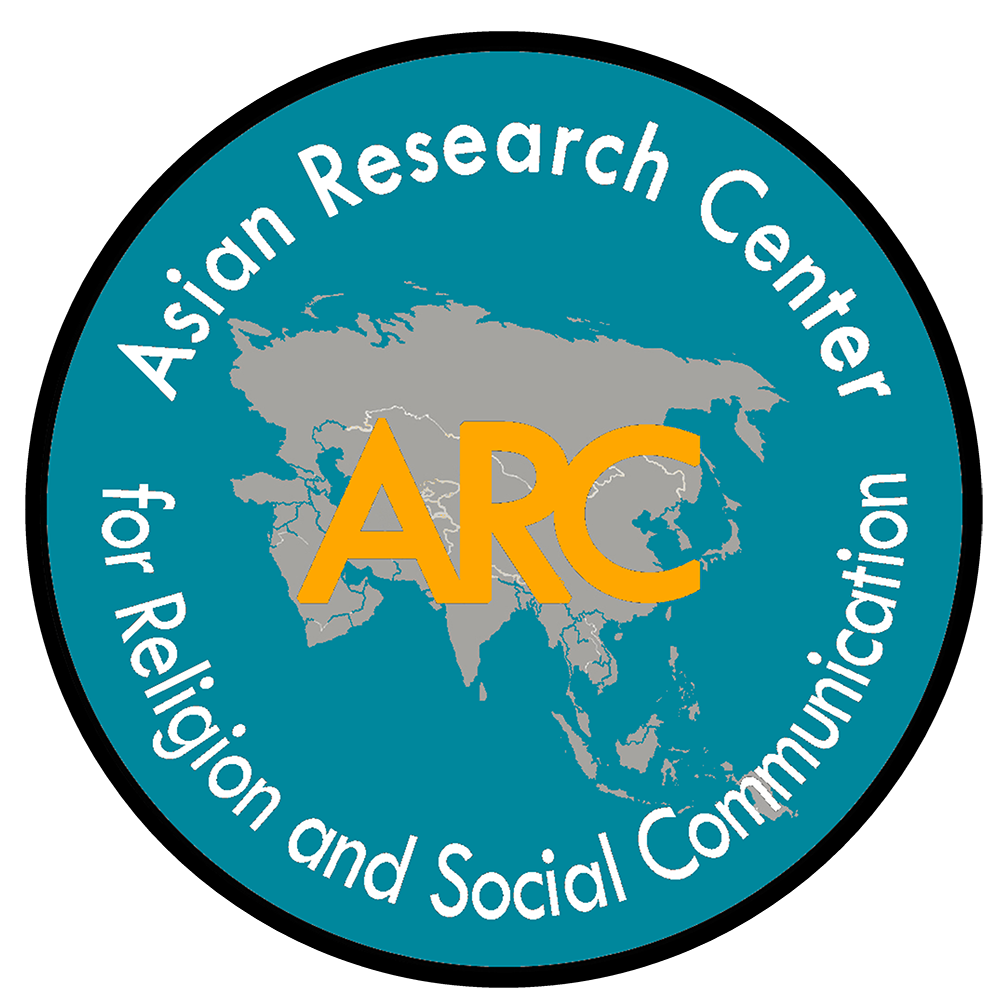Buddhist Approaches towards Effective Interreligious Dialogue: A Study of the Anguttara Nikaya
Download
RELIGION AND SOCIAL COMMUNICATION VOUME 21, NO. 1 (2023)
ISSN 1686-9184
Author
Le Ngoc Bich Ly
Abstract
The purpose of this paper is to address the question: How to make interreligious dialogue effective. It answered the question by looking into the scholarly literature on the topic and the Buddhist wisdom in the Pali Canon particularly the Anguttara Nikaya through a qualitative content analysis method. Based on literature review of scholarly views on effective interreligious dialogue, the paper grouped them into three approaches: the truth paradigm approach, the non-duality approach, and the procedural approach. Each has its own contributions to effective dialogue and its limitations. From the study of the Buddhist text, the study listed four strategies that the ancient Buddha used for effective dialogue: (1) Giving the other freedom to respond and setting rules for dialogue; (2) Avoiding the binary of criticizing other and self-exaltation by focusing on one’s internal teaching; (3) Using various techniques to stimulate the other’s curiosity for new truth; and (4) Speaking analytically rather than one-way and speaking with concrete criteria. The study hopes to enhance our knowledge of effective interreligious dialogue.
Keywords
interreligious dialogue, Anguttara Nikaya, Buddha, effective dialogue
PAGES 5-30
Submitted: February 13, 2023; Accepted: March 14, 2023; Published: May 30, 2023




